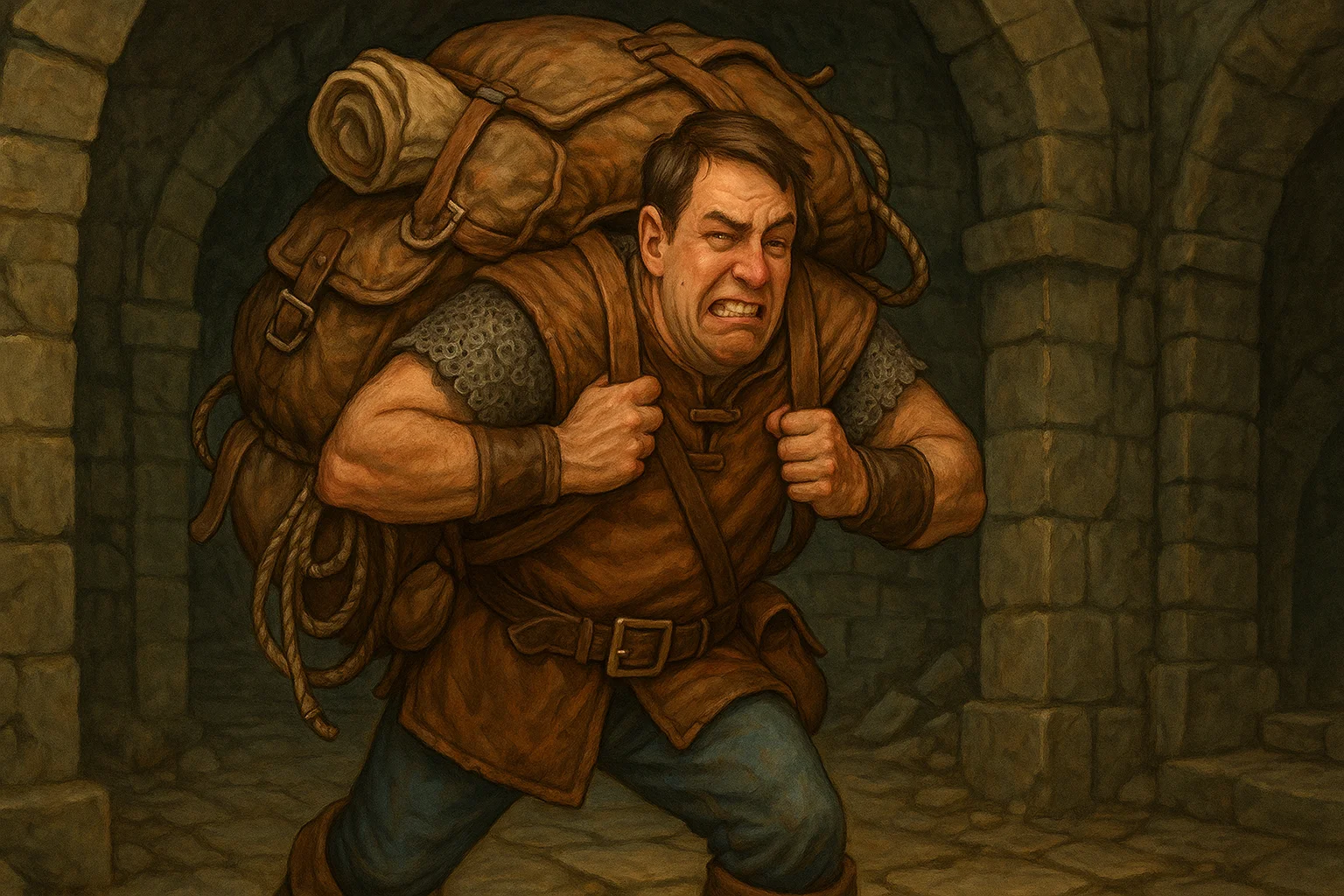
5e Spell Save & Damage Breakdown
Analyzing 477 5e spells surfaces class save trends plus damage and condition profiles, offering guidance for vetting spells, subclasses, and encounters.

Analyzing 477 5e spells surfaces class save trends plus damage and condition profiles, offering guidance for vetting spells, subclasses, and encounters.
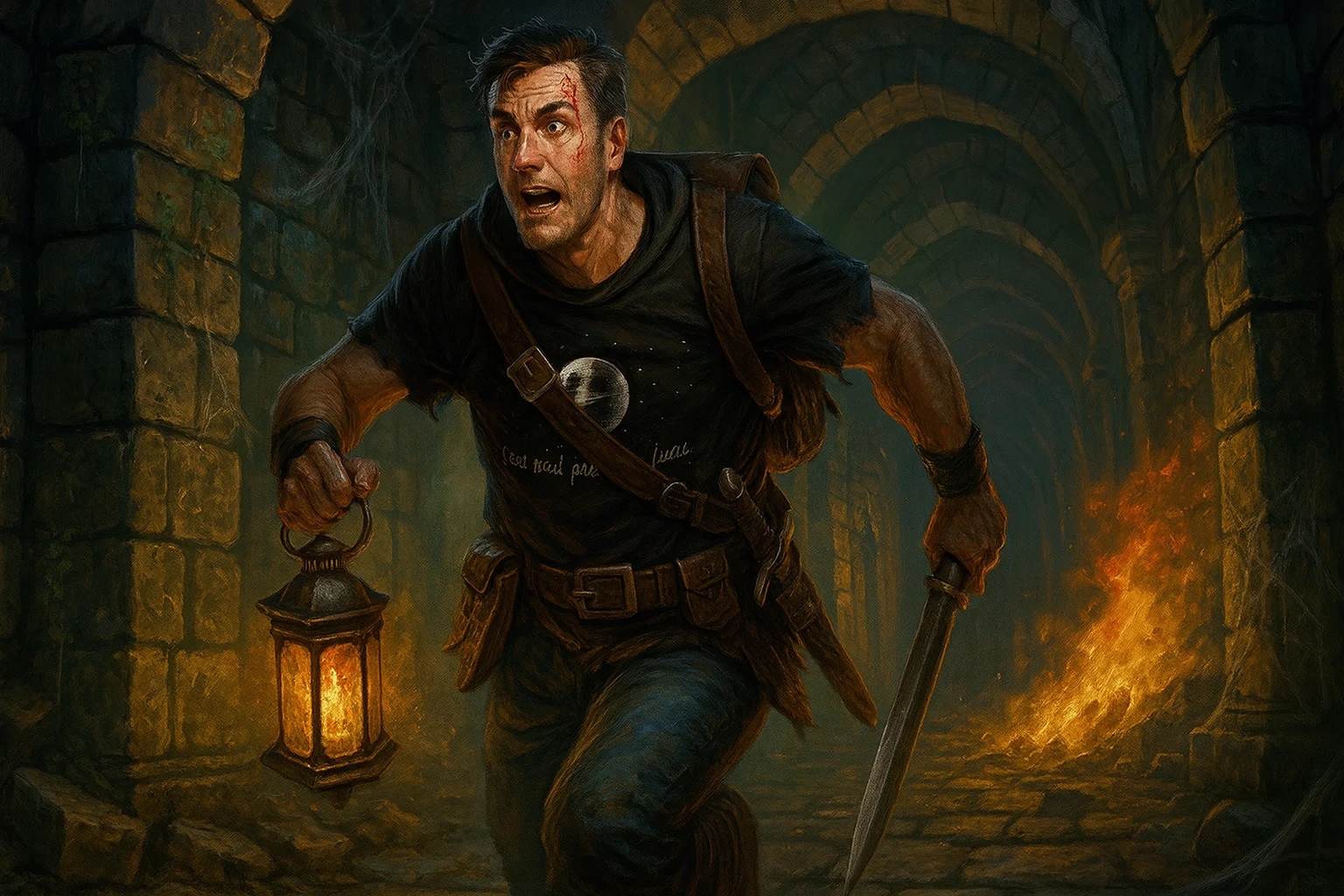
An insightful discussion on player and GM agency, misconceptions, trade-offs, mechanics, and the role of trust in shaping richer TTRPG experiences.
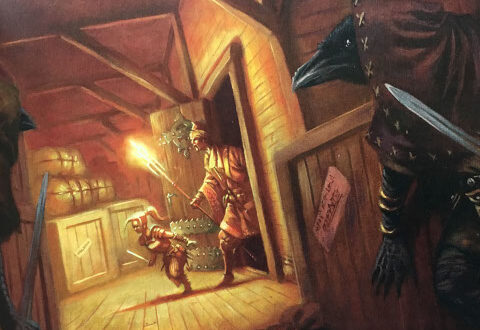
Clarifies 5e surprise: no surprise round, treat unaware vs unready distinctly, use situational checks, roll initiative normally, and keep combat flowing.

House rules for D&D 5e make mounted play dynamic: training levels, riding vs war mounts, shared initiative, bonding, bolting, bucking, and equipment.
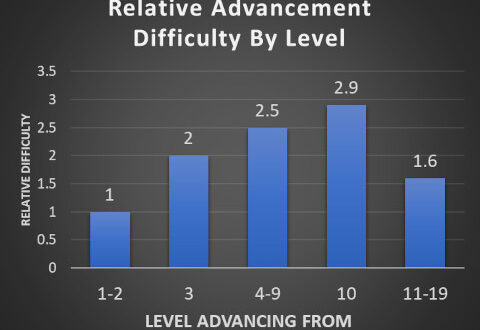
Analysis of 5e XP pacing shows leveling slows then accelerates after 10th level, speeding tier 3–4 play and demanding adjusted encounter design and expectations.
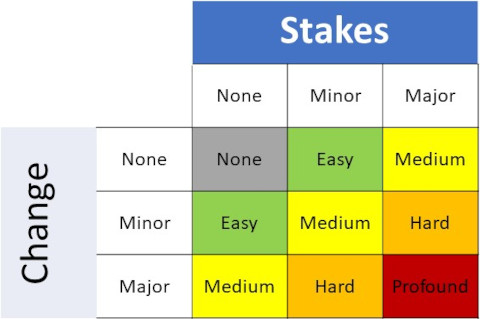
A simple system scores social encounters by stakes and change, maps them to CR vs party level, and awards shared XP to encourage noncombat play.
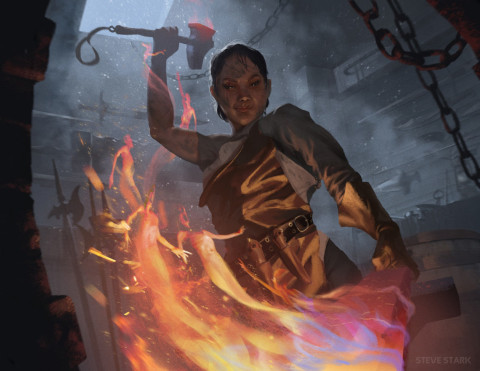
Streamline 5e item crafting with recipe tracking, simple foraging and harvesting checks, and CR-themed major ingredients that create proactive hooks.
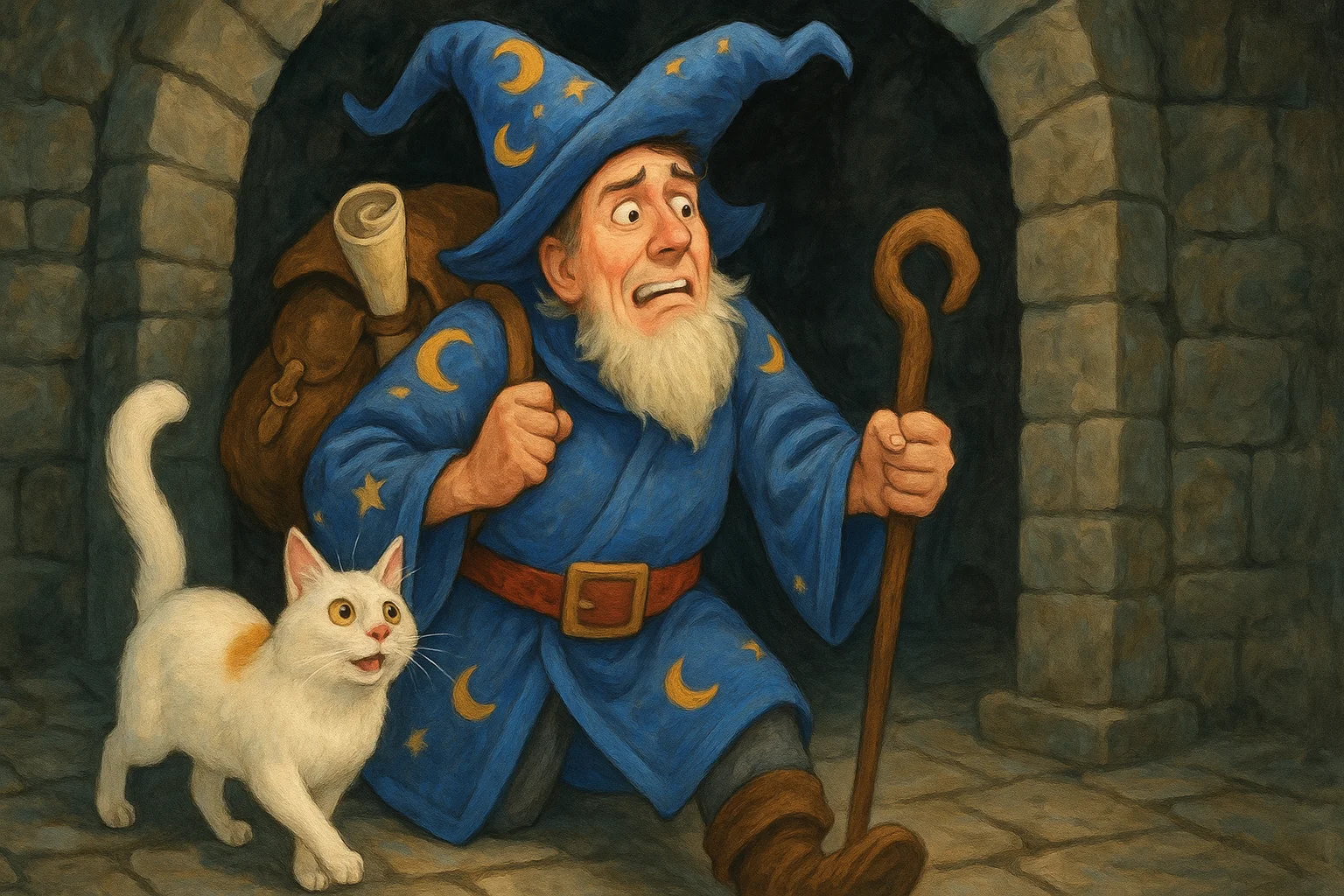
A concise set of 5e tweaks and table conventions, from exhaustion and movement rulings to rest limits, feat bans, and session etiquette for smoother play.
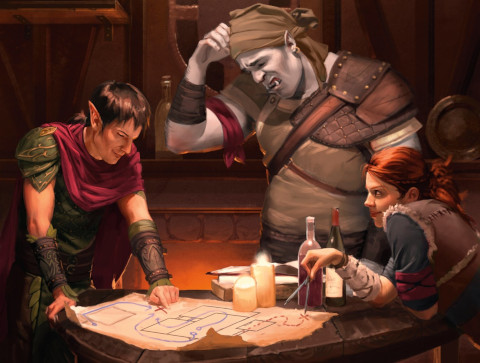
Clarifies what skill challenges are, sheds 4e baggage, and offers pacing and resolution tools from the DMG and other systems to enrich 5e play.
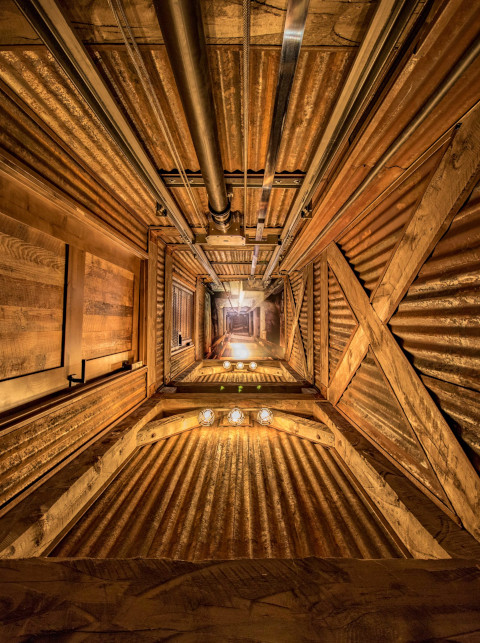
CR 4 elevator boulder hazard for 5e triggers mid-shaft, challenging detection, lever logic, Dex saves, and Athletics with fall-risk stakes.